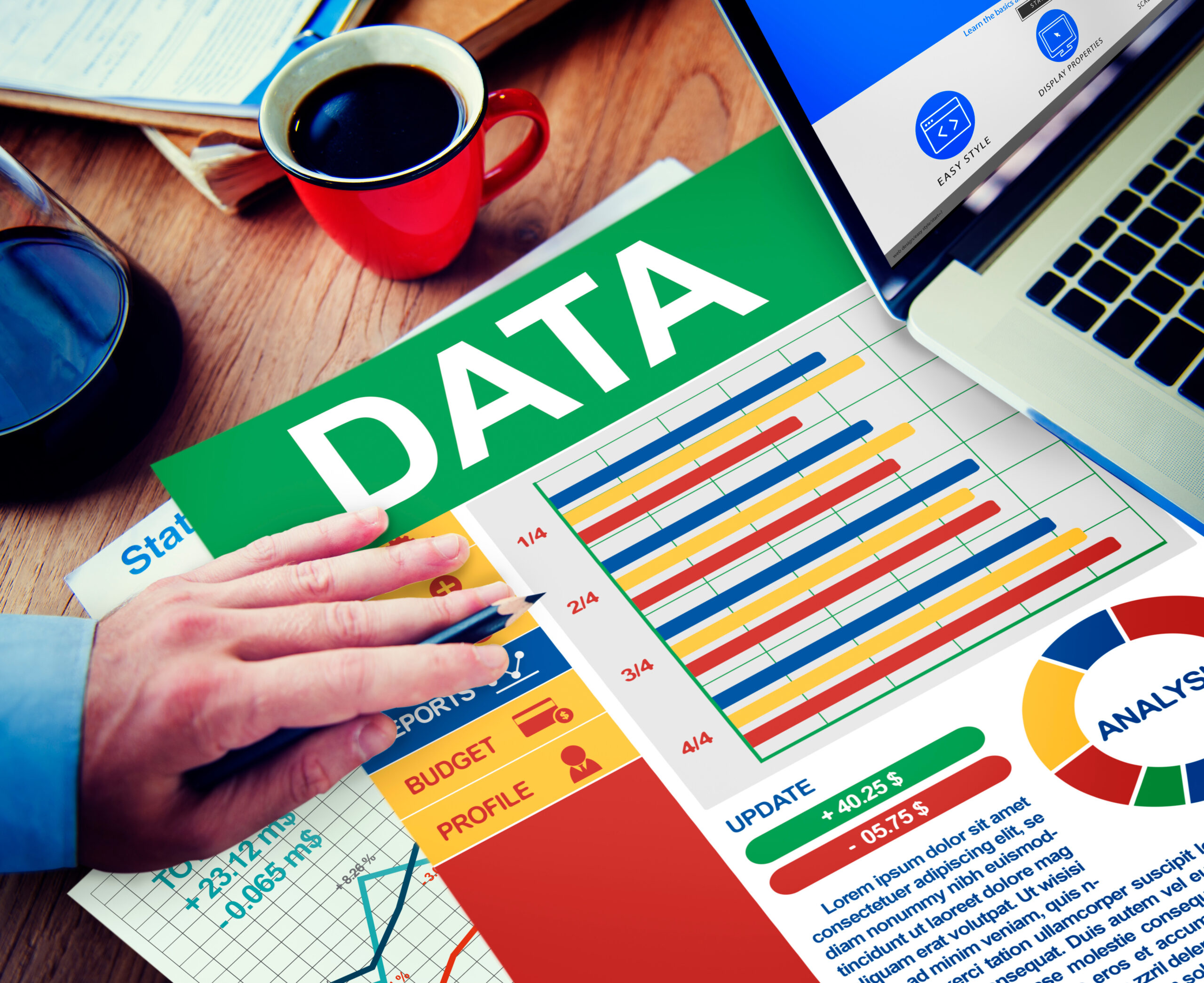What are the various Data Collection methods?

In research, selecting the right data collection techniques is crucial for achieving the goals of any project. Whether you’re working on a thesis or part of a research team, understanding these techniques is essential.
In this article, we explore key data collection techniques used in market and social research.
What Are Data Collection Techniques?
Data collection techniques refer to tools that efficiently gather information for research and analysis. Using a combination of these techniques enhances the reliability of a study and adds credibility to the findings by incorporating different perspectives.
Importance of Using Data Collection Techniques
Choosing the appropriate data collection techniques is vital for maintaining the integrity of research. The likelihood of errors decreases when the right methods are applied, regardless of the study’s focus.
Key Data Collection Techniques
Several techniques stand out in market and social research, including:
- Questionnaires/Surveys: Widely used due to their flexibility, questionnaires can collect both quantitative and qualitative data. They are cost-effective and accessible for researchers and participants.
- Observations: This method involves observing behavior in specific environments to gather insights. In a digital context, this could mean tracking user interactions with products or services online.
- Structured, Semi-Structured, or Unstructured Interviews:
- Structured: Follows a strict set of questions.
- Semi-Structured: Guided by key topics but allows for open responses.
- Unstructured: No predefined questions, aiming for natural conversation.
- Focus Groups: Small groups discuss topics of shared interest, providing diverse perspectives. Techniques include group interviews, expert panels, and online focus groups.
- Transaction Tracking: Involves analyzing purchasing data to understand customer behavior and preferences.
- Social Media Monitoring: Tracks users’ engagement with online content to identify their interests and concerns.
- Survey Dashboards: Visual tools that display real-time survey data, including response rates and demographic insights.
- Text or Content Analysis: Analyzes written content to explore themes and patterns, often used in secondary data collection.
Choosing the Right Data Collection Techniques
To select the most appropriate techniques, consider the research objectives, stakeholder needs, participant accessibility, available resources, and the strengths and weaknesses of each method.
How to Use Data Collection Techniques Effectively
- Assess Data Needs: Focus on collecting only relevant information by asking what data is truly necessary.
- Plan: Consider the type, timeframe, and complexity of the data you aim to collect.
- Consider Identifiers: Use identifiers to contextualize survey responses but avoid overcomplicating the data.
- Classify Data: Organize different types of data into specific fields.
- Use Data Validation: Ensure accuracy by applying validation to text fields, dates, and email addresses.
Conclusion
Effective data collection is the foundation of any successful research project. By carefully selecting and applying the right techniques, you can gather accurate and meaningful data that supports your research objectives.
